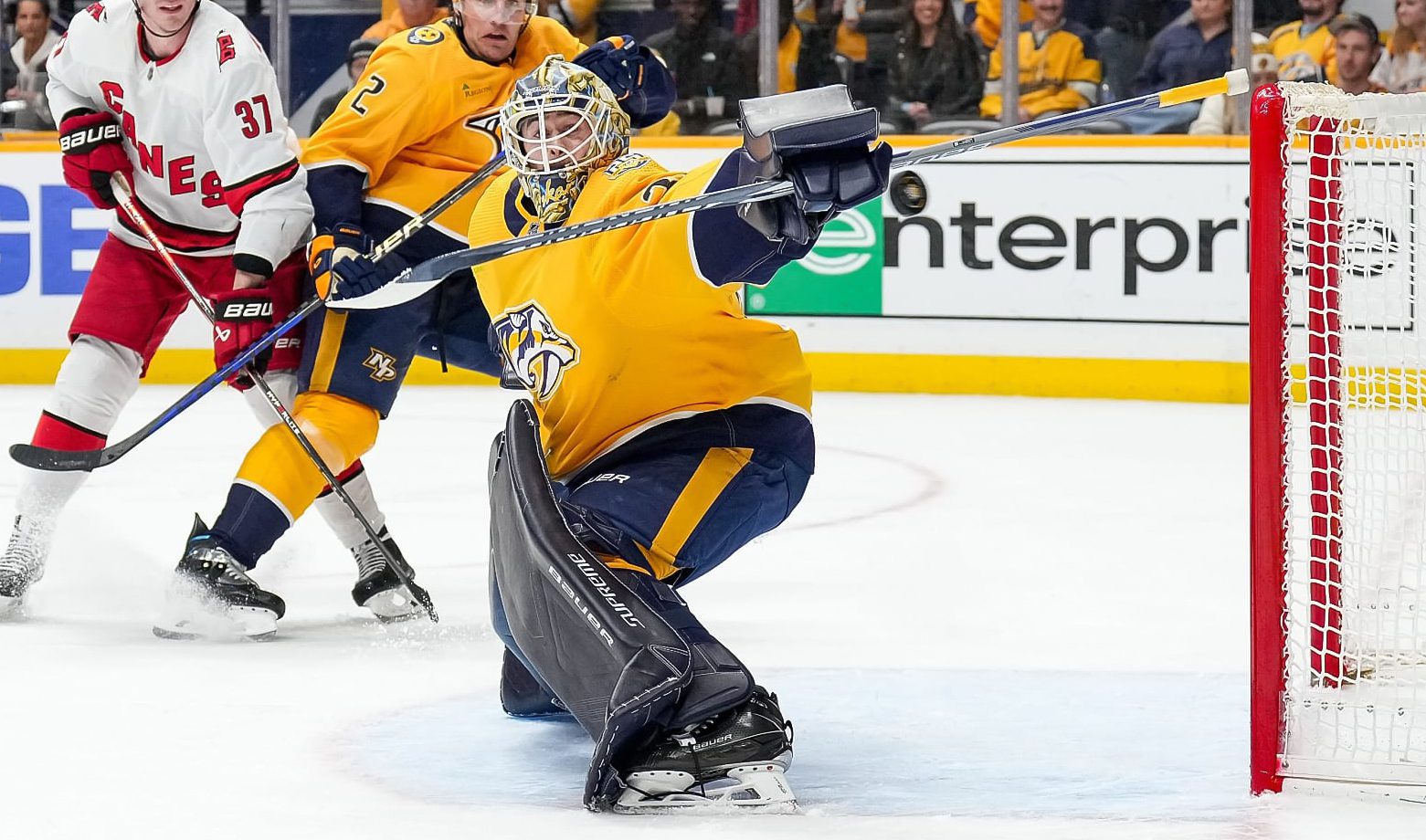Milwaukee Admirals
Understanding The Conditions Of Yaroslav Askarov’s Call Up

The Nashville Predators recalled goaltender Yaroslav Askarov on loan from the Milwaukee Admirals on Dec. 27 with Kevin Lankinen falling ill.
All three goaltenders — Askarov, Lankinen and Juuse Saros — traveled to Detroit ahead of the Predators matchup with the Red Wings on Friday night, and head coach Andrew Brunette hinted Askarov could possibly see some ice time in Nashville’s back-to-back against the Red Wings or Washington Capitals on Saturday depending on Lankinen’s health.
While resources such as CapFriendly have Askarov listed as an “emergency loan,” the Predators have not stated whether or not Askarov’s recall was on an emergency or regular basis. Askarov is waiver exempt, so the difference does not matter, but an explanation of the emergency recall process is worth the discussion because it’s the more likely option used and what I would have used.
As an emergency recall, you may be wondering what restrictions Askarov is bound by. Looking at the Collective Bargaining Agreement (CBA), there’s a lot to dive into, but it’s actually quite simple.
Askarov’s recall occurred during the holiday roster freeze, which takes place during the nine-day window between Dec. 19 and Dec. 28. There are no restrictions on recalling a player to the NHL during the roster-freeze period, per Article 16.5(d)(i) of the CBA, which states restrictions apply to “waivers, trades, and loans,” but not recalls.
For an emergency recall to occur, an emergency must exist (like a sudden illness). The CBA defines an emergency in Article 13.12(m) and reads:


With Lankinen unfit to play due to an illness, that leaves the Predators below two NHL goaltenders.
Nashville has been carrying only 22 rostered players, which presented no issue in recalling Askarov under this provision without needing to worry about any further CBA complications that could arise had its roster been at 23 or had Askarov not been waiver exempt. However, if it had, Article 16.13 covers a goaltender exemption if a team’s roster was at 23 active players and provides for Exhibit 27 to be completed to do so.
For salary cap purposes, Askarov’s annual salary of $925,000 (including bonuses) will count against the Predators cap at Askarov’s NHL contract value, which is pro-rated for the number of days he remains on the NHL roster. At this time, Askarov’s daily cap hit is approximately $4,818 (rounded from $4,817.70 from $925,000 salary divided by 192 days in the NHL season).
The Predators did not have to explore the nuances of Article 50.10(e) which details the specifics for what a salary-cap constrained team must do to in order to fit an emergency recall within the cap because they have plenty of available funds. Article 50.10(e) prevents teams from recalling certain players based on cap space available.
For context, there are two main differences between a regular recall and an emergency recall.
First, Askarov must be returned to Milwaukee when the emergency is over (when Lankinen is fit to play), while a regular recall would permit Askarov to remain on the active roster until the Predators were inclined to return him. It makes little sense to keep Askarov around when Lankinen is healthy, which is why the emergency option is most apt for this situation.
Second — but not applicable here — the number of games played and days on the active NHL roster are not merged between emergency and regular recalls for waiver purposes, meaning that a player may be recalled during an emergency and play a certain amount of games and then be reassigned, via a paper transaction, to then be regularly recalled right after and start the counting again.
Follow Clay Brewer on Twitter/X: @ClayBrewer10
Be sure to follow Nashville Hockey Now on X/Twitter, Facebook, YouTube and Instagram.
















